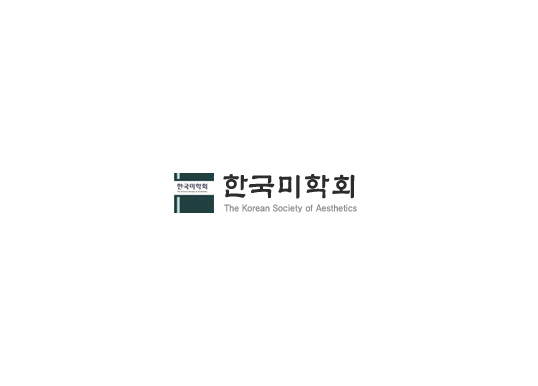2천년대 이후 사진 존재론 연구: 미셸 프리조의 장치와 인간의 사진 존재론
Photographic Ontology Research After the 2000s: Michel Frizot’s Apparatus and the Human Ontology of Photography
박상우
서울대학교
美學(미학)
2024, vol.90, no.4, pp. 31-60 (30 pages)
한국미학회
초록
본 연구는 미셸 프리조의 사진 존재론을 탐구한다. 그의 존재론은 장치(감광판, 카메라, 셔터)와 인간(사진가, 피사체)이라는 두 요소로 구성된다. 그는 장치 내부의 물리적 프로세스에 주목한다. 감광판에서는 감광작용, 카메라에서는 기하학적 투사, 셔터에서는 시간 작용이 발생한다. 감광작용은 사진에 측정, 섬세함, 속도 능력을 부여하고, 기하학적 투사는 대상과의 유사성을, 시간 작용은 발생 날짜를 부여한다. 감광판과 카메라는 사진에 특정 공간을, 셔터는 특정 시간을 물리적으로 연결한다. 그의 존재론은 인간을 배제하지 않으며, 오히려 사진과 의미의 생산에서 인간의 역할을 강조한다. 사진가는 장치의 모든 파라미터를 조절하는 주체이다. 사진가는 시점, 피사체, 프레임을 결정하고 자신의 의도, 욕망, 감정, 기억을 사진에 반영한다. 피사체는 사진가의 사진 행위의 주요 동기이다. 피사체는 자세, 표정, 시선을 통해 사진 이미지의 분위기, 모습, 의미까지 결정하는 제3의 주체이다. 프리조 이론의 의의는 장치를 사진 주체로 전면에 상정하고, 플루서가 간과한 장치 내부의 물리적 프로세스를 바탕으로 사진 존재론을 정립한 데에 있다. 한계는 장치와 인간을 다소 분리해서 사고하고 장치 내부의 인간적 요소를 고려하지 못한 점, 장치와 사진가의 유기적 관계를 분석하지 못한 점에 있다.
This paper examines Michel Frizot’s ontology of photography, which is composed of two primary elements: the apparatus (photosensitive plate, camera, shutter) and the human (photographer, subject). Frizot focuses on the physical processes within the apparatus. In the photosensitive plate, photosensitive operation occurs; in the camera, geometric projection takes place; and in the shutter, time functions operate. Photosensitive operation endows photography with measurement, delicacy, and speed capabilities, while geometric projection provides resemblance to the subject, and the shutter records the date of occurrence. The photosensitive plate and camera physically link specific space to the photograph, while the shutter links specific time. Frizot’s ontology does not exclude humans; rather, it emphasizes their role in the production of photographs and meaning. The photographer is the agent who controls all parameters of the apparatus, determining viewpoint, subject, and frame, and incorporates intentions, desires, emotions, and memories into the photograph. The subject is the primary motivation behind the photographer’s act of photography and, as a third agent, shapes the atmosphere, appearance, and meaning of the photographic image through posture, expression, and gaze. Frizot’s contribution lies in positioning the apparatus as a central photographic agent and in establishing an ontology of photography grounded in the physical processes within the apparatus that Flusser overlooked. However, his approach has limitations, as he treats apparatus and human in a dualistic manner, overlooking human elements within the apparatus and failing to examine the organic relationship between apparatus and photographer.

